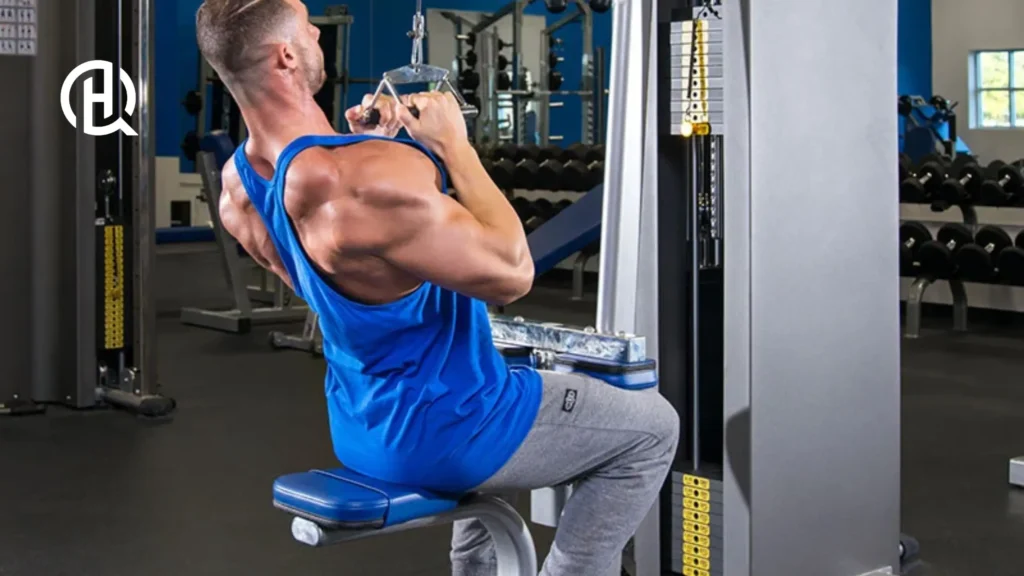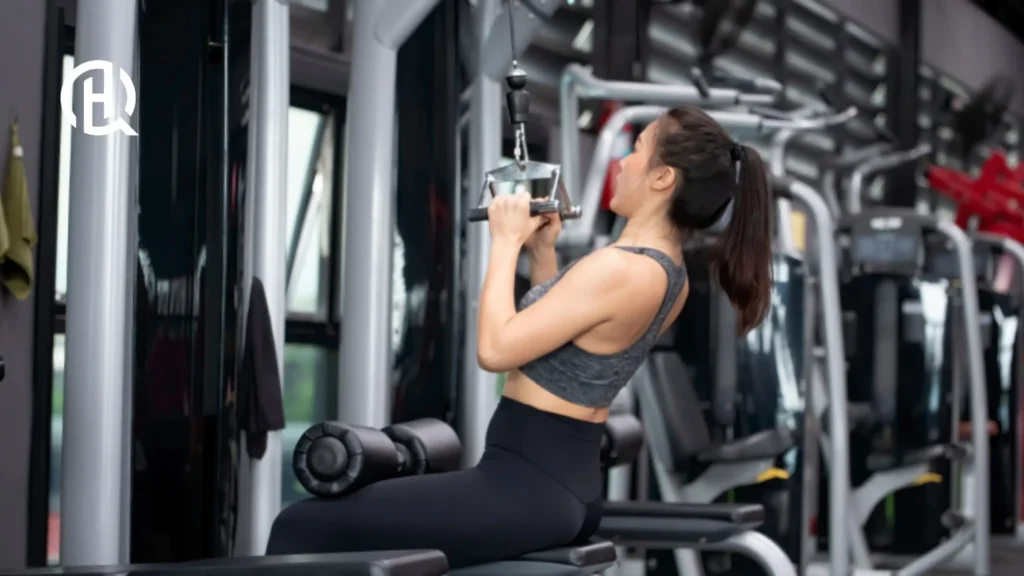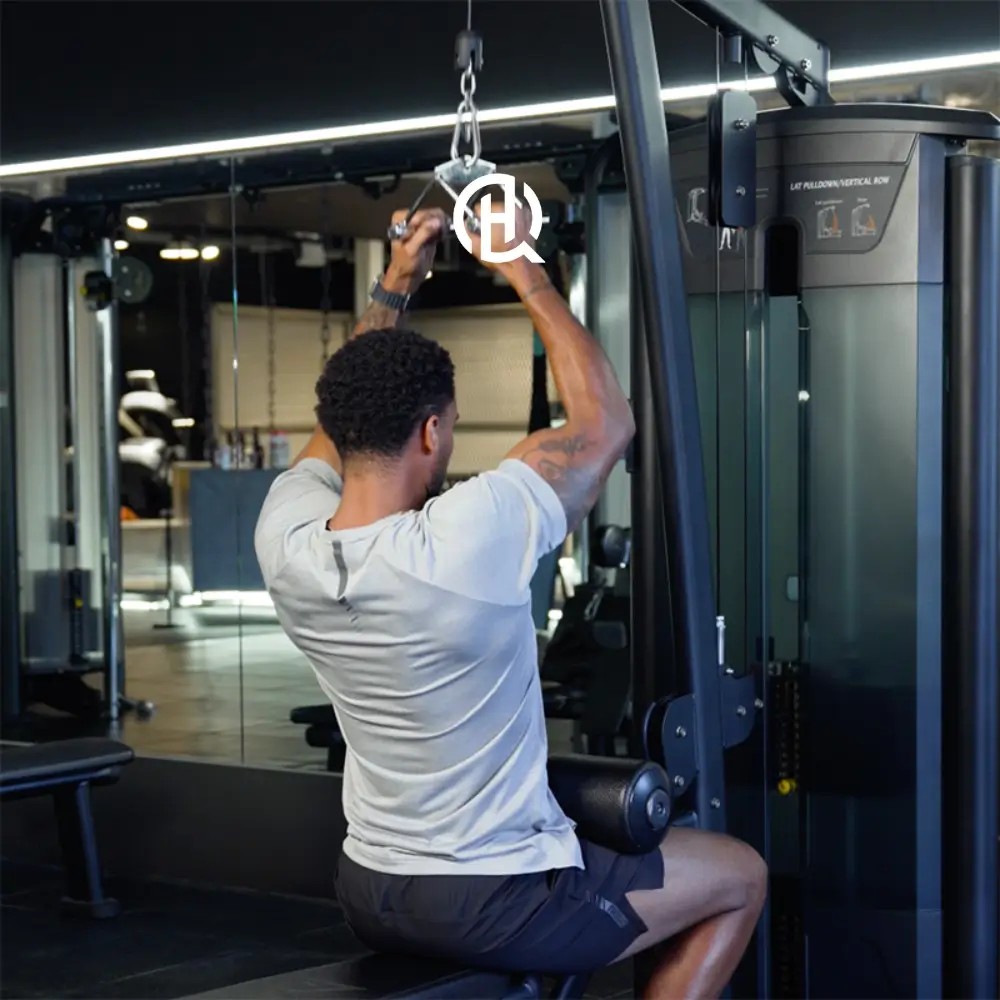

Want to get stronger, leaner, and take your fitness to the next level? Explore our workout programs now!
The close-grip pulldown is an effective lat development exercise, although the bicep and mid-back will also feel the burn. The closer grip pattern changes things up slightly from the wider grip. If you’re looking to train for functional strength, muscle growth, or pull-up progression, the close-grip pulldown should have a place in your program.
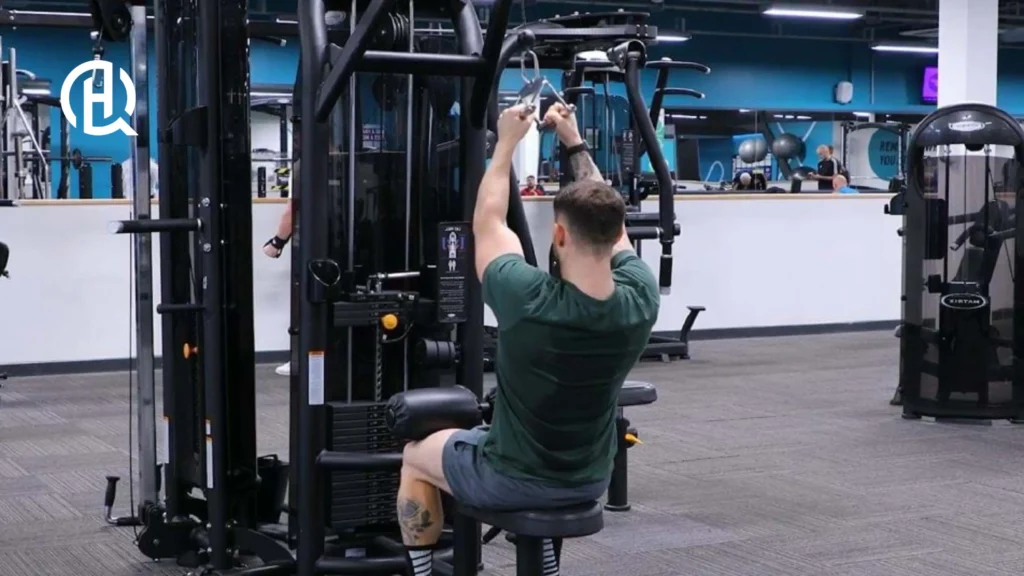
This guide will show you how to do the close-grip pulldown with perfect form, explain its main benefits, highlight common mistakes, and share a few expert tips to help you get the most out of each and every rep.
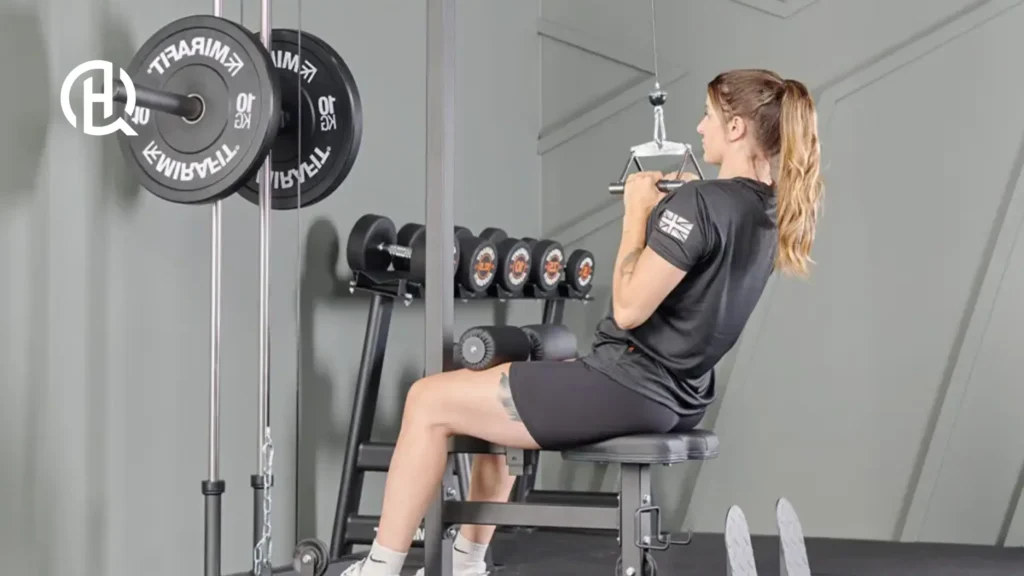
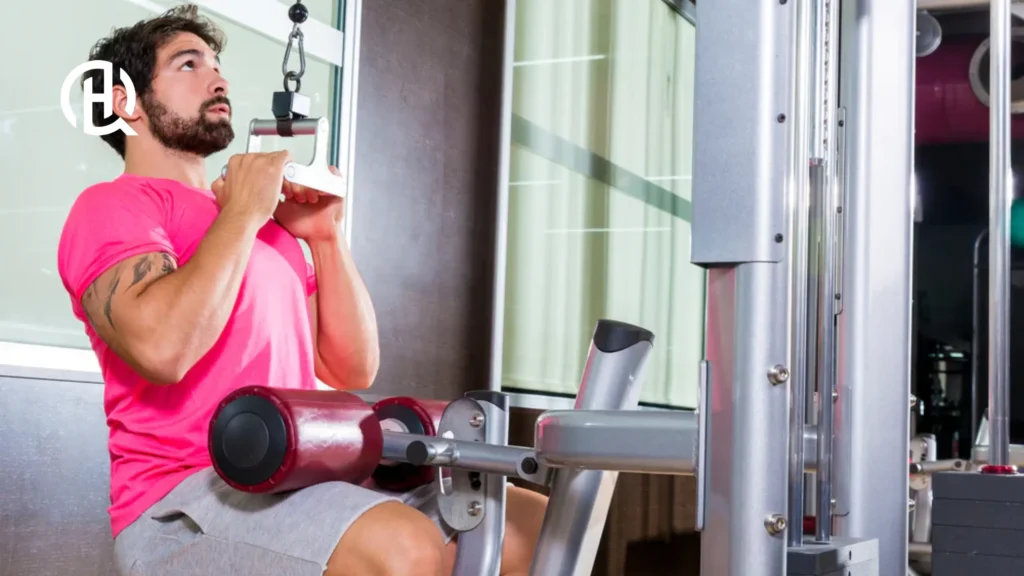
The close grip enables a greater stretch at the bottom and a full range of motion throughout, which encourages a heightened focus on the lats and the teres major muscle. That helps develop thickness in your back.
Because the movement closely replicates the trajectory of a neutral-grip (or underhand) pull-up, it is highly functional and therefore applicable to bodyweight vertical pulling strength.
Initiating each repetition with scapular retraction allows you to target the upper portion of the back and teaches you to control your shoulder blades (that precious real estate on your upper back), a must for not only good posture, but also to reduce the risk of injury.
More so than a wide grip pulldown, the close grip exercise places more emphasis on the biceps. So it’s quite a good back-and-arm combination exercise, and a particularly good one if you’re in a rush.
This version of the pulldown provides a more comfortable grip for lifters who have restricted shoulder mobility or who suffered from injury in the past. This allows for a more bio-mechanically “friendly” motion that feels more natural and is easier on the shoulder.
